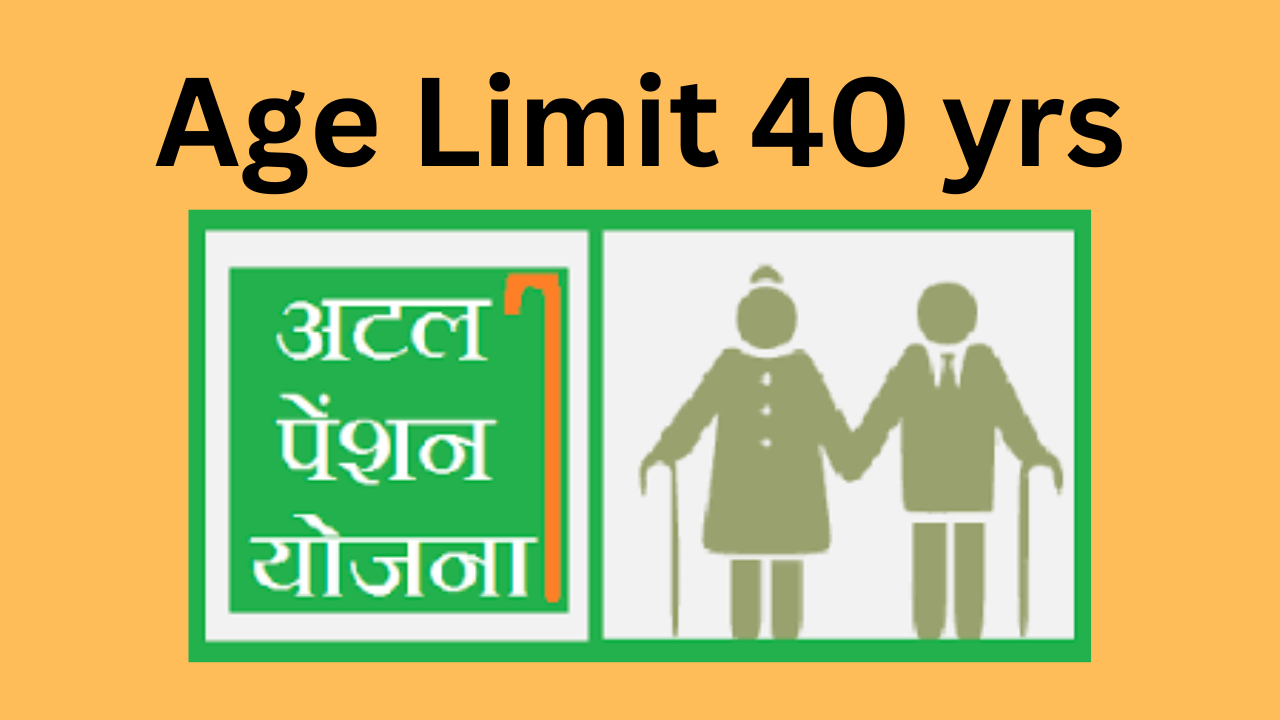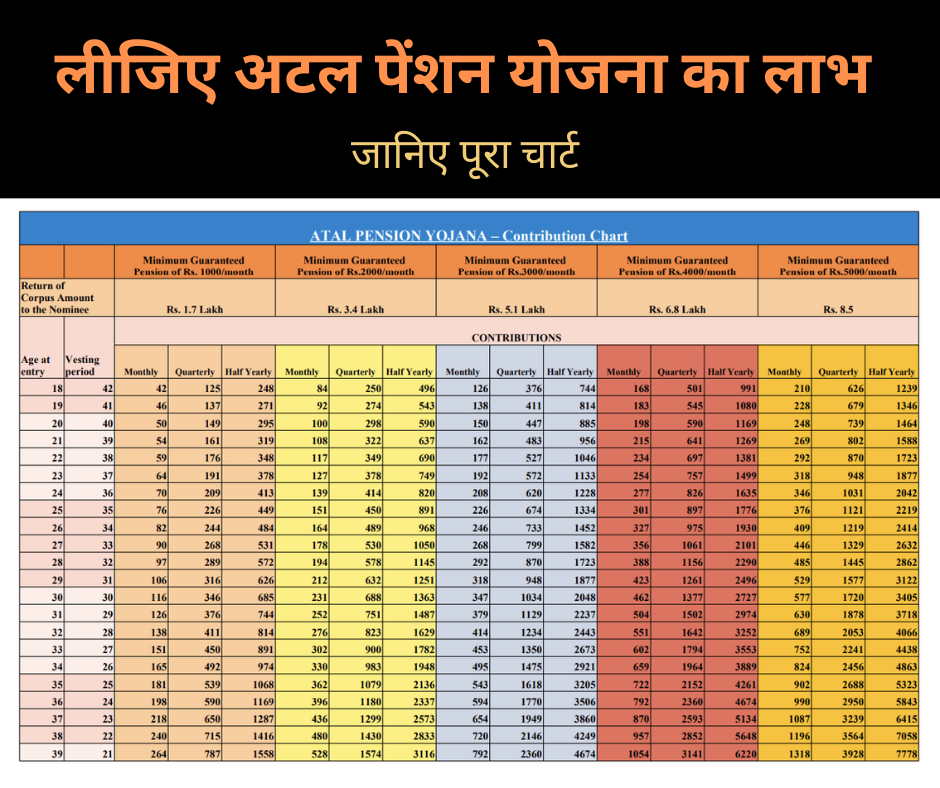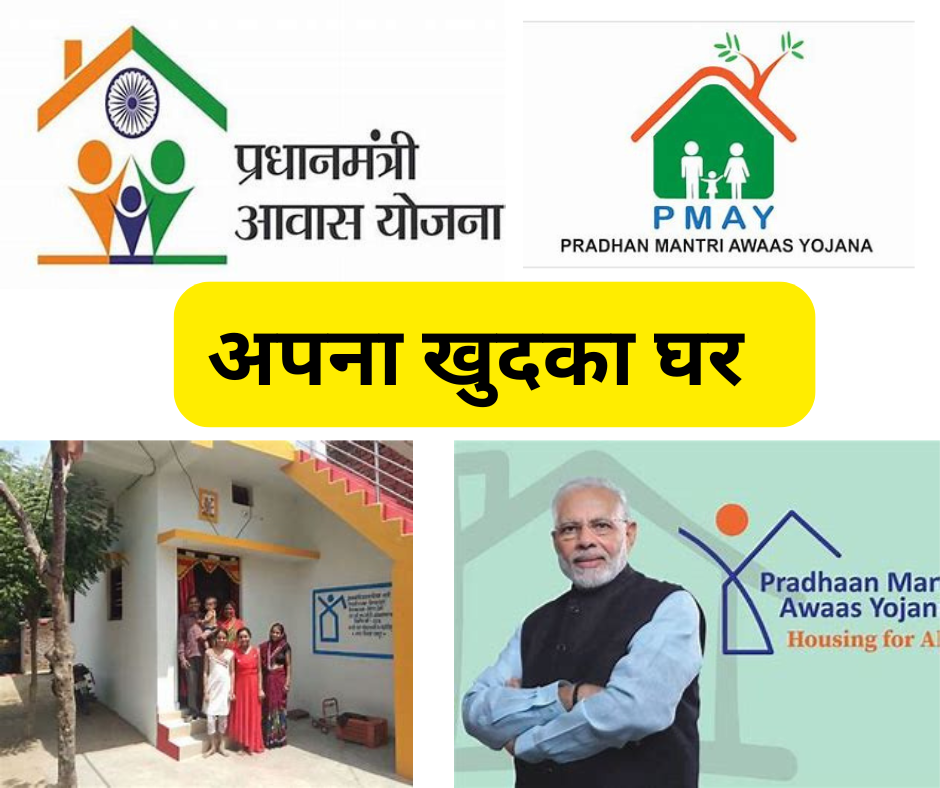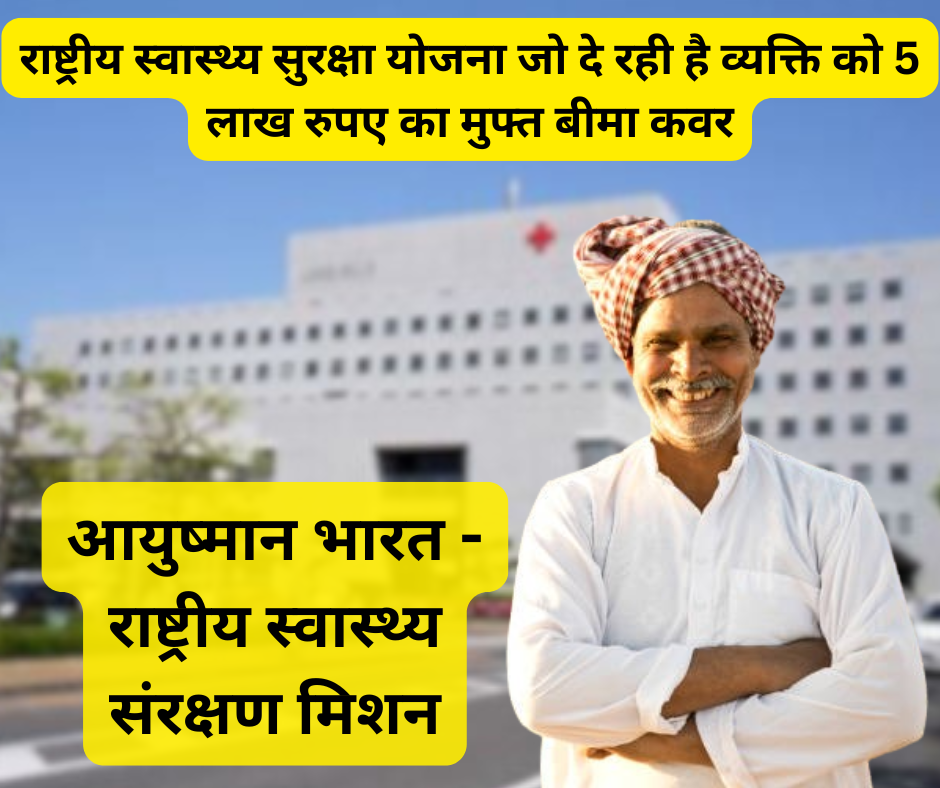Bajaj Housing Finance Shares Soar on Market Debut – Is Now the Right Time to Invest for Long-Term Growth?
The much-awaited IPO of Bajaj Housing Finance made waves in the stock market, and for good reason. Investors who secured an allotment were treated to a massive 135% gain on listing day. However, if you missed out on the IPO lottery or didn’t apply in time, you may be wondering whether it’s too late to invest in Bajaj Housing Finance shares now. With a blockbuster debut that has grabbed attention, many investors are weighing the potential for long-term growth against the risks.
In this article, we’ll take a closer look at the Bajaj Housing Finance stock’s performance, market sentiment, and what experts suggest for those considering buying shares after the massive listing day gains.
Bajaj Housing Finance IPO: A Quick Recap
On 16 September, Bajaj Housing Finance shares were listed at ₹150, a significant 114% premium over the IPO issue price of ₹70. Within a short span, the stock surged even further, hitting the upper circuit limit of ₹164.99. By the end of the day, Bajaj Housing Finance had a market capitalization exceeding ₹1.37 lakh crore, according to NSE data.
The ₹6,560-crore IPO had created a lot of buzz during its subscription period, receiving bids for over 4,627 crore shares against the 72.75 crore shares on offer. This resulted in a 64 times oversubscription, with institutional investors leading the charge. The overwhelming demand was fueled by expectations of long-term profitability and growth in the housing finance sector, which remains a critical segment of India’s financial ecosystem.
Discover more about India’s booming housing finance market
Why the Huge Listing Gains?
The success of Bajaj Housing Finance’s listing can be attributed to a combination of factors:
- Strong Market Sentiment: The housing finance sector is crucial to India’s economic growth, and investors see huge potential in Bajaj Housing Finance’s business model and future prospects.
- Institutional Interest: Institutional buyers played a significant role in driving up demand for the stock, contributing to the IPO’s massive oversubscription.
- Positive Financials: Bajaj Housing Finance has shown strong financial health, with a solid balance sheet and plans for expansion. This attracted investors looking for stable, long-term returns.
Given these factors, it’s no surprise that the stock saw such remarkable gains on its first day of trading.
Learn more about the factors driving market performance
Should You Buy Bajaj Housing Finance Shares Now?
After a 135% gain on the listing day, it’s natural to wonder if there’s still an opportunity to profit from Bajaj Housing Finance stock. Experts recommend a cautious approach, particularly for those who missed the IPO allotment or are new to investing in the stock market.
Here’s what to consider before making a decision:
1. Valuation After Listing Gains
With the stock already up 135%, it’s important to evaluate whether the current price justifies further investment. The stock’s meteoric rise could lead to overvaluation in the short term. This is where long-term investors need to be cautious. Experts advise that current prices may reflect a “listing premium,” which could stabilize or correct in the coming weeks.
2. Long-Term Growth Potential
Bajaj Housing Finance operates in a sector with huge growth potential, especially with the Indian government’s focus on affordable housing and infrastructure development. The company’s strong financials and strategic growth plans make it a promising option for long-term investors. Analysts suggest that, while short-term volatility is likely, the stock could deliver significant returns over the long haul, making it a compelling choice for patient, risk-tolerant investors.
For those with a higher risk appetite, a staggered investment approach could work. This means buying shares gradually over time to mitigate the risk of buying at overvalued prices.
3. Risk Appetite and Investment Horizon
Your decision to invest in Bajaj Housing Finance shares now depends heavily on your individual risk tolerance and investment goals. If you’re a short-term trader looking to capitalize on listing day momentum, you should be prepared for potential market fluctuations. On the other hand, long-term investors with a three to five-year horizon may find value in holding onto the stock, especially given the company’s position in a growing sector.
It’s important to remember that the stock market is unpredictable, and high returns come with risks. Before making a decision, consider consulting a financial advisor to assess your individual situation.
For personalized investment advice, explore our investment guide
4. Expert Recommendations: Hold or Buy?
Financial experts have varied opinions on whether investors should buy Bajaj Housing Finance shares after the listing gains. While some suggest cautious buying for long-term growth, others recommend holding off for a potential price correction.
“The stock is certainly attractive for long-term growth, given the company’s financial health and the promising sector it operates in. However, post-listing gains have made the stock expensive in the short term, and a price correction could occur,” says a market analyst at a leading investment firm.
Another expert adds, “For those who missed the IPO, it’s important to monitor the stock for a couple of weeks. If the price stabilizes or drops slightly, it could be a good opportunity for long-term investors.”
Get more expert advice on stock investments here
What’s Next for Bajaj Housing Finance?
Bajaj Housing Finance’s strong listing is a testament to the company’s promising business model and potential for growth. The company has positioned itself as a key player in India’s housing finance sector, which is expected to expand rapidly over the next few years. Government initiatives like “Housing for All” and an overall increase in home loans are likely to benefit companies like Bajaj Housing Finance.
Furthermore, the company’s strategic plans for growth, including expanding its loan portfolio and improving its digital infrastructure, make it well-poised to capitalize on future opportunities. Investors with a long-term vision can look forward to the company’s continued performance in the housing finance sector.
Conclusion: Is It Worth Investing in Bajaj Housing Finance Now?
If you missed out on the Bajaj Housing Finance IPO, you may still have a chance to benefit from its long-term potential. However, experts advise caution. The massive listing gains could lead to short-term volatility, and it’s essential to evaluate your risk tolerance before jumping in. For long-term investors, Bajaj Housing Finance could be a valuable addition to your portfolio, but waiting for a potential price correction may offer a better entry point.
As always, investing in the stock market requires careful consideration, and seeking professional financial advice is a good step before making any big decisions. Bajaj Housing Finance has shown it’s a stock to watch, but patience and strategy will be key for those looking to invest now.











